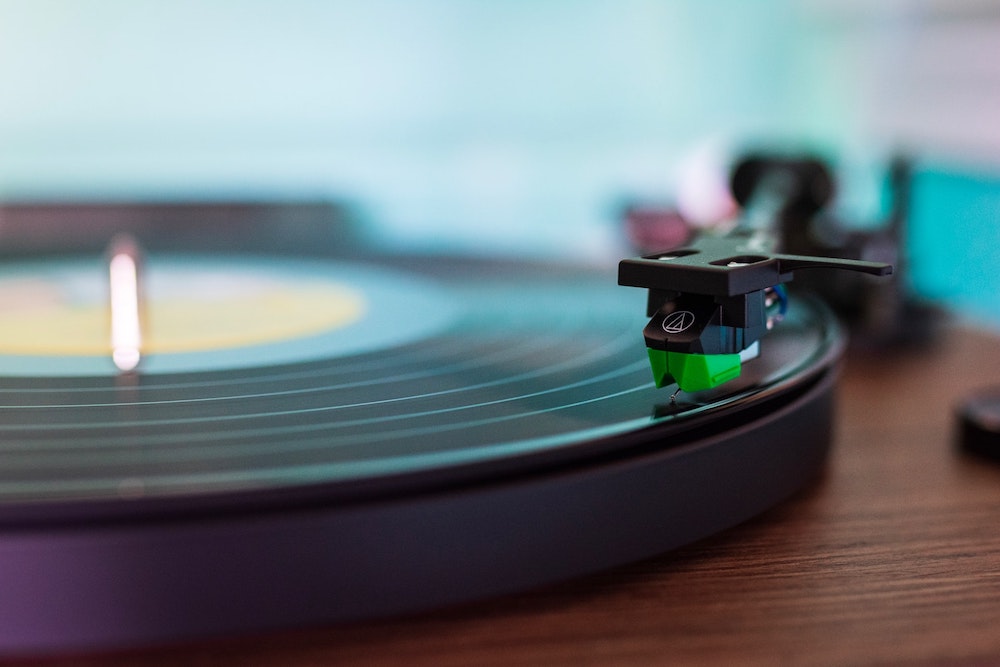Vinyl is pretty popular again these days which is incredible as the basic principle hasn’t changed since the very first audio recording… a stylus riding in grooves that follow soundwaves produced during the recording. It’s a primitive but a satisfyingly effective and simple process; and it’s one of the reasons that when I really want to sit and listen to music I put a record on.
The problem with printing soundwaves on the surface of a record is that low frequency waves are much bigger than high-frequency ones, so much so that if the signal wasn’t altered in some way the record would throw the stylus out of the groove every time a kick drum or bass note was played. To overcome this problem the Recording Industry Association of America (RIAA) came up with a standard equalisation curve that reduces the low frequencies and amplifies the high frequencies for record manufacturers to apply prior to pressing a record. The direct result of this is that we need to have something that undoes the RIAA curve to restore the bass and attenuate higher frequencies before we can expect a sound anything close to listenable… that’s the first job of the phono stage.
Going back to the stylus in the groove… somehow that needs to generate enough electricity to give our Hi-Fi equipment something it can work with. Unsurprisingly the signal from the turntable is tiny (or miniscule if you use a moving coil cartridge) and needs to be brought up to a level approaching our other equipment. A CD player or DAC for example will output around 2V RMS whereas turntable cartridge will usually be somewhere between 200µV (moving coil) to 6mV (moving magnet), so worst case your turntable is putting out a signal 10,000 times smaller than your other equipment.
That’s pretty much it… a phono stage has to take a signal, boost the bass, cut the treble and increase the signal level a few thousandfold; no mean feat. But that’s the price you pay for using 19th century technology alongside 21st century hi-fi equipment… personally I love both the engineering challenge and the end result.
